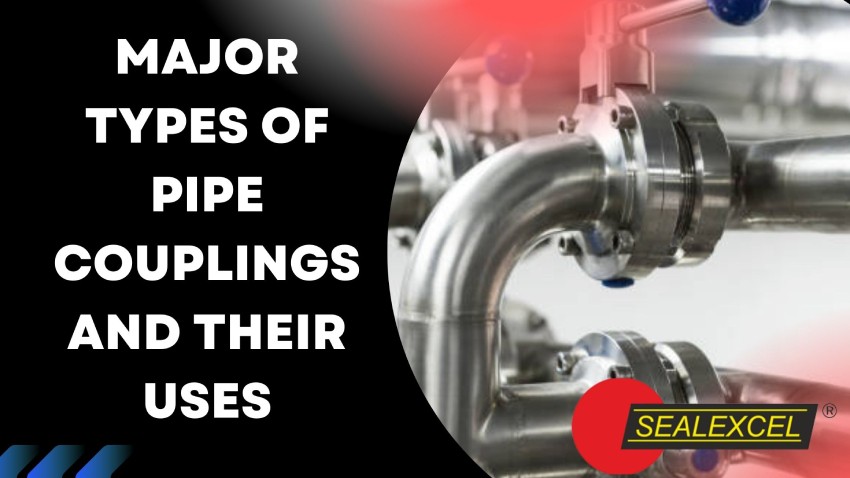What Are Pipe Fittings? And its types And Their Functions in Piping System.
October 6, 2021
The 4 Most Common Types Of Pipes Suitable For Industrial Use
May 2, 2022In plumbing systems, numerous types of pipe couplings are offered for various purposes and functions.
A pipe coupling, also known as a coupler, is a device that connects pipe sections while retaining the integrity of the pipes, and for the piping and plumbing sector, it is a beneficial pipe fitting.
To facilitate changes in direction and crossing of obstacles, most pipe installations require several pipe lengths to be joined together or cut.
A pipe coupling is a pipe or tube that is only a few inches long, and at one or both ends, it features socket or female pipe threads, while pipe coupling connects two pipes or tubes of the same or different sizes to form a long pipe run.
The following are some of the functions that a Pipe Coupling or Coupler can perform:
- It aids in the extension or termination of pipe runs.
- It can be used to adjust the diameter of a pipe.
- It can be used to fix a broken pipe or is leaking.
A pipe coupling’s body is often built of the same or comparable materials as the pipes it connects and can be rigid or flexible, and they can be permanent or detachable, depending on how much movement the pipe is subjected to.
A pipe coupling’s internal diameter can be increased or decreased to link different sized pipes (T or cross-shaped) or tilted to make bends. Inspection ports, flow meters, and valves are all common characteristics seen on pipe couplings.
Following are the Different Types of Pipe Couplings in Plumbing systems:
- Full Coupling
For connecting tiny bore pipes, a full coupling is employed and can be used to join two pipes or a pipe to a swage or a nipple also threaded, or socket ends are available.
When the pipe standard requires a socket weld, a socket weld full coupling is utilized to link small-bore plain end pipes, and small-bore pipes with threaded ends are joined with a full threaded coupling.
- Half Coupling
Small-bore branching from a vessel or large bore pipe is done with a half coupling which can be either threaded or socketed, kindly note only one side has a socket or thread end.
A socket weld half coupling can be directly welded to a large bore pipe to create a branch connection. A threaded half coupling has only one thread end, and the coupling’s other end should be a butt welding end with either a plain or bevel end.
- Compression Coupling
A compression coupling connects two perfectly aligned pipes by inserting a slotted tapered sleeve over the junction and dragging two flanges over the sleeve to center the pipes and provide proper contact pressure.
- Reduce Coupling
Reduce couplings are used to join pipes with different diameters, and on each side of a reduced coupling, there are two distinct diameters of threads. When connecting small process feeder lines to large supply circuits or installing small diameter fittings, reducing couplings is frequently used.
Reduce couplers have a simple, stepped down design and screw onto the two lengths of pipe like a regular pipe junction. Welded reducing couplers are similar to threaded reducing couplers in appearance, but they lack threads.
- Slip Coupling
A slip coupling, also known as a repair coupling, comprises two pipes, one of which slides out of the other to different lengths. Slip couplings are designed without an internal stop to allow them to be slipped into small spaces, such as when repairing a pipe with a small leak due to corrosion or freeze breaking, or when a pipe had to be temporarily cut for some reason. Because the alignment stop is absent, the installer should carefully measure the ultimate location of the slip coupling to ensure that it is installed correctly.



